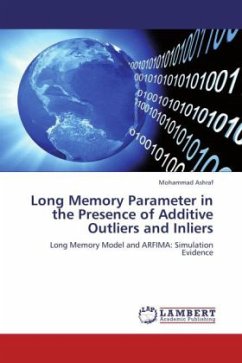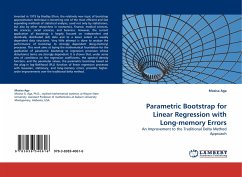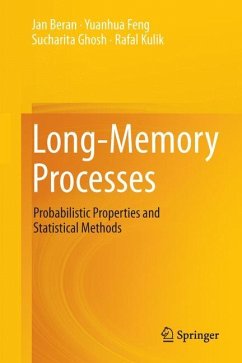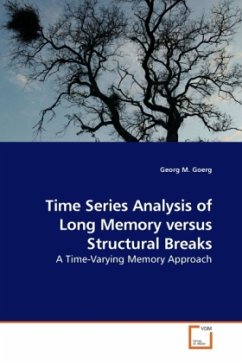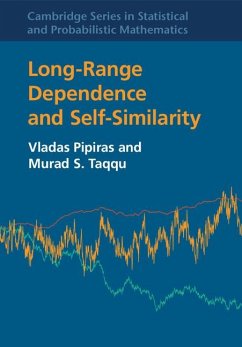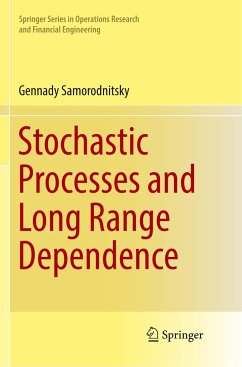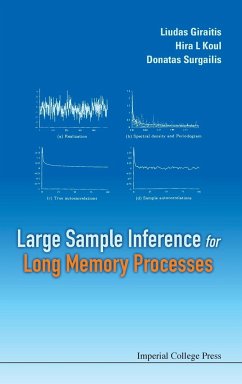
The Presence of Long Memory
Comparison of Models: SARIMA, ARFIMA, AND SARFIMA
Versandkostenfrei!
Versandfertig in 6-10 Tagen
29,99 €
inkl. MwSt.

PAYBACK Punkte
15 °P sammeln!
One of the greatest challenges in data analysis is selecting the most appropriate model for a given dataset. In practice, model misspecification has often led to incorrect conclusions in data science. This study compares the efficiency of modeling a time series with seasonal long-memory properties using SARIMA, ARFIMA, and SARFIMA models. Monthly average global temperature data were used for the illustration. The temperature series exhibited signs of long memory, as the ACF plot decayed slowly upon further inspection. The Hurst exponent obtained from R/S analysis confirmed the presence of long...
One of the greatest challenges in data analysis is selecting the most appropriate model for a given dataset. In practice, model misspecification has often led to incorrect conclusions in data science. This study compares the efficiency of modeling a time series with seasonal long-memory properties using SARIMA, ARFIMA, and SARFIMA models. Monthly average global temperature data were used for the illustration. The temperature series exhibited signs of long memory, as the ACF plot decayed slowly upon further inspection. The Hurst exponent obtained from R/S analysis confirmed the presence of long memory. The ACF showed exponential decay and a sinusoidal pattern, suggesting both non-stationarity and seasonality. Tests for stationarity and seasonality were conducted to verify these observations. Finally, the AIC and BIC criteria were applied to evaluate the efficiency of all three models, and the results indicated that, in the presence of both seasonality and long memory, the SARFIMA model performed most efficiently.



